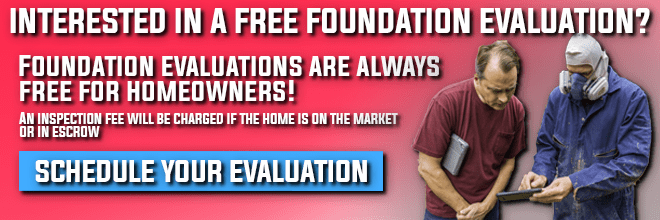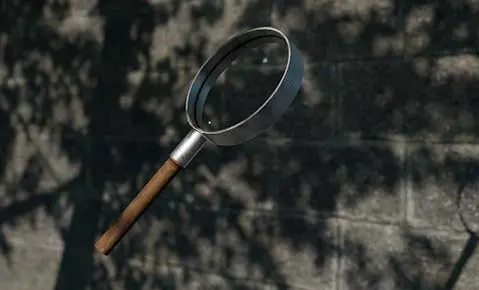If you see the abbreviation R&R on your Dalinghaus Construction proposal or invoice, don’t worry – you’re not paying us to sit on a beach in Tijuana with a cold brewski in our hand enjoying sun-soaked siestas.
In the vast and magical world of concrete, R&R stands for remove and replace.
And in this modern concrete jungle of SoCal, from footings to flatwork, there’s a helluva lot of concrete to remove and replace.
Reasons for R&R range from mere cosmetic aesthetic to integral structural integrity. No matter your reasoning, Dalinghaus Construction has you covered.
Fun facts with Brian: although you can walk on fresh concrete the next day, it takes concrete 7 days to cure to 90% and 28 DAYS to reach 99% and never truly reaches 100%.
Concretely, concrete R&R has two steps:
- Removal – cracked crusty concrete is demolished and extracted via jackhammers, impact hammer drills, shovels, concrete saws, and sheer brute strength – some of our crew use only their fists.
- Replacement – fresh baby-faced concrete is poured, smoothed over, and left to cure.
Dalinghaus Construction specializes in 3 types of concrete R&R:
- Concrete Pier R&R
- Concrete Footing R&R
- Concrete Flatwork R&R
Brief note – technically, anything made of concrete can undergo R&R, but our list focuses on our specific services.
Concrete Pier R&R
Push piers and/or helical piers are metal pipes/stilts that are pushed or screwed into the earth until they lodge in competent-load-bearing soil secure enough to stabilize or lift your foundation back to maximum practical recovery.
These piers are attached to a bracket that is fastened to the footing of your home’s foundation.
Consequently, we need to be able to excavate down to just below your footing, chip away at the footing so the bracket fits nice and snug like concrete braces and have enough room to load/install the piers.
Occasionally, a sidewalk or patio or B-ball half-court impedes direct access to your home’s footings.
In which case, concrete R&R is required to properly access the affected area.
The key is really about creating access to your foundation’s footings. Once the piers are in place, push piers only require a small hydraulic pump.
Whereas helical piers (often used on lighter homes suffering from settling or sinkage) require a gear motor for ultimate torque POWER to install.
The endgame is to lift and/or stabilize your home on these “stilts” that are resting securely in strata with competent load-capacity or bedrock.
R&R can prove an integral step in this process.
These R&R sections are typically 3×3 feet at each pier location and it usually takes a good hour to cut-and-break into these concrete sections.
The average cost of R&R per pier location is $350. On an average project, piers are utilized every six feet (so you can do the math).
The good news is, we rarely see homes surrounded on all sides by concrete. And even if we do – we never surrender…settle, I mean settle.
So, in cement summary, we utilize concrete saws to cut 3×3 foot sections into concrete directly adjacent to the home in order to access the foundation’s footings.
This takes an hour per section and all OSHA guidelines are followed.
Fast-forward to after the structure has been lifted and/or stabilized: we don our bartender tuxedos and mix (shaken concrete, not stirred), pour, and allow to cure. Viola!
Concrete Footing R&R
Foundation footings are typically comprised of concrete reinforced by rebar.
Footings provide support to your foundation and help offset foundation settlement.
There is a long litany of various types of foundations, shapes, and sizes, but for this blog post, all you need to understand is that these footings are susceptible to water, seismic, and age-related damage.
Particularly when cracked footings allow water to soak up into the rebar, the rusted rebar expands, and – oh no – there goes a big chunk of your foundation falling off like a glacier into the globally-warmed Atlantic.
These sections need to be patched ASAP before the rest of the concrete glacier melts away.
Not all footings are created equal.
River rock and brick footings are notorious culprits for footing deterioration.
And, unfortunately, if one section of your footing is rotten, chances are high there are more compromised sections (kind of like cavities, but for concrete).
For homes with raised foundations and compromised footings, first, the home needs to be shored up, then a girder beam is placed around the parameter of the home (and the old footings can take a minute to break out), new rebar is put in followed by concrete forms, and then the concrete is poured.
The average cost for footing R&R is $300 to $500 per linear foot and these kinds of projects typically take 5-10 days.
*Footnote – historical homes provide a unique challenge when addressing problematic footings.
These symbols of antiquity cannot legally undergo any major overhaul – cosmetic or structural.
Therefore, we have to be especially creative in dealing with crumbling river rock and brick-and-mortar footings as we cannot remove them.
So, we create sister footings (a second concrete/rebar footing) to accompany the footings of yesteryear.
In summation, much like cavities, rot can riddle your foundation’s footings and spread decay throughout your foundation.
These rotten sections need to be removed and replaced with fresh concrete that will provide you structural integrity and peace of mind.
Concrete Flatwork R&R
Flatwork is any concrete work that is on a horizontal plane (including, but not limited to): patios, pool decks, driveways, parking lots, sidewalks, and really anything that is 4-inches thick of concrete.
There are few things that are more of an eyesore than a cracked section of driveway or your backyard slab pushing up daisies.
Flatwork cracks can be caused by roots, seismic activity, and weather. In addition, expansive soils can crack flatwork and cause slabs to settle/sink.
Fractured flatwork is easily replaced with beautiful, unblemished concrete.
We’re talking perfectly pancake flat. Smooth. Something you can dribble a basketball against with Pistol Pete confidence the ball won’t bounce sideways into the bushes.
The average cost of flatwork is $7000 to $8000 dollars per project. Flatwork projects typically take us 2-3 days to complete.
Flatnote – any concrete R&R project over 2000+ square feet is when we think about contracting out to specialists who have all the heavy-duty tools, equipment, and manpower.
R&R: All It’s Cracked up to Be
Whether we’re dealing with concrete cavities, precision cutting 3×3 squares for pier access, or finessing a smoother than smooth pool deck that will make your neighbors green-eyed-jealous – we have literal tons of concrete experience.
If you think your footings might require some R&R, then you should check-in with the 5 Best Foundation Specialists in California.
If you live in Southern California or Arizona (Maricopa, Yavapai, Pinal, or Pima County) then click the link below to book a FREE concrete inspection –







